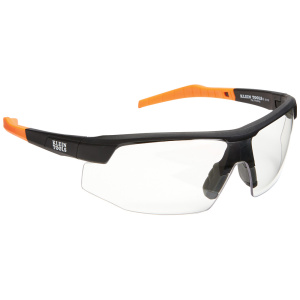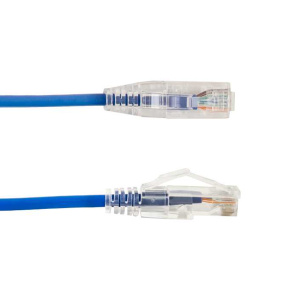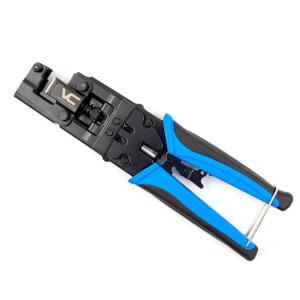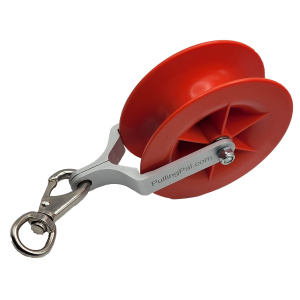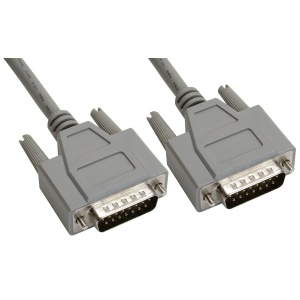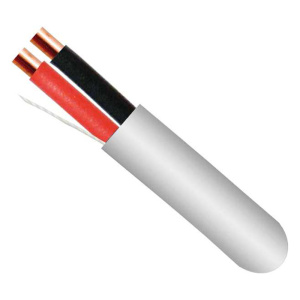Power Over Ethernet (POE) technology has been gaining popularity in recent years due to its ability to deliver both data and power over a single Ethernet cable. This technology offers a convenient and cost-effective solution for powering devices such as IP cameras, Wi-Fi access points, and VoIP phones. In this guide, we will provide a comprehensive understanding of POE technology and how it can be implemented in your organization.
Understanding POE Technology
POE technology works by sending electrical power over the same cable that carries data. This eliminates the need for a separate power source for each device, reducing the cost and complexity of deploying these devices. POE is made possible by using a specialized device called a Power Sourcing Equipment (PSE) which is installed in the network switch. The PSE sends power to the end device, known as the Powered Device (PD), over the Ethernet cable.
There are two main types of POE technology: Passive POE and Active POE. Passive POE relies on the cable’s resistance to deliver power to the device, while Active POE uses a specialized chip in the PSE to control the amount of power delivered to the device.
Benefits of Implementing POE Technology
- Cost savings: POE eliminates the need for a separate power source for each device, reducing the cost and complexity of deploying these devices.
- Convenience: POE allows for easy installation and deployment of devices, as only one cable is required for both power and data.
- Reliability: POE eliminates the risk of power interruption as it is sent over the same cable as data, reducing the risk of power failure.
- Increased network security: POE eliminates the need for external power supplies which can be a security risk, as they can be easily unplugged or tampered with.
Choosing the Right POE Technology for Your Organization
When choosing the right POE technology for your organization, there are several factors to consider, including the number of devices to be powered, the type of devices, and the distance between the PSE and the PD.
- Number of devices to be powered: The number of devices to be powered will determine the power requirements for the POE system.
- Type of devices: The type of devices to be powered will determine the type of POE technology required. For example, IP cameras require more power than VoIP phones.
- Distance between the PSE and PD: The distance between the PSE and the PD will determine the type of POE technology required. Passive POE is limited to a maximum distance of 100 meters, while Active POE can support longer distances.
Implementing POE Technology in Your Organization
Implementing POE technology in your organization is a straightforward process. The first step is to determine the power requirements for your devices and choose the appropriate POE technology. The next step is to install a POE-enabled network switch and connect your devices to the switch using Ethernet cables. If your devices are not POE-enabled, you will need to purchase POE injectors to provide power to the devices.
Once your POE system is set up, you will need to monitor the power usage and ensure that the system is functioning as expected. This can be done through network management software that provides information on power usage and the status of the POE system.
In conclusion, POE technology offers a convenient and cost-effective solution for powering network devices. Its benefits include cost savings, convenience, reliability, and increased network security. To successfully implement POE technology in your organization, you will need to choose the right POE technology, install a POE-enabled network switch, and monitor the system’s performance.
With the growing demand for connected devices, POE technology is becoming an increasingly important aspect of modern networking. By understanding and implementing POE technology, organizations can improve their network performance and reduce the cost and complexity of deploying network devices.

